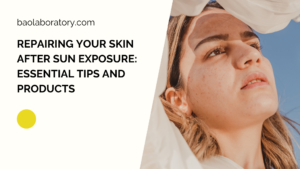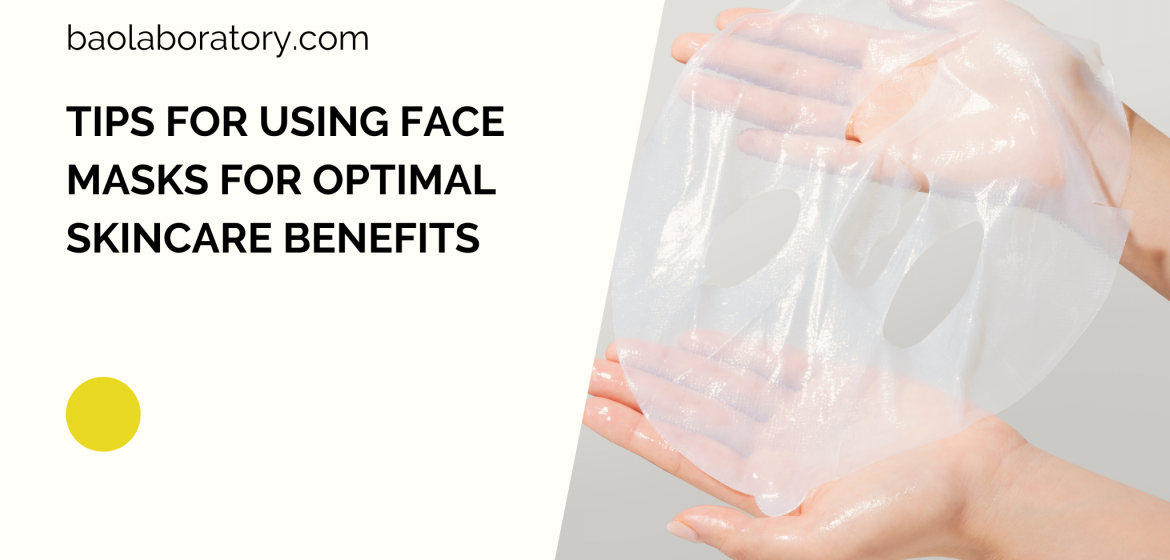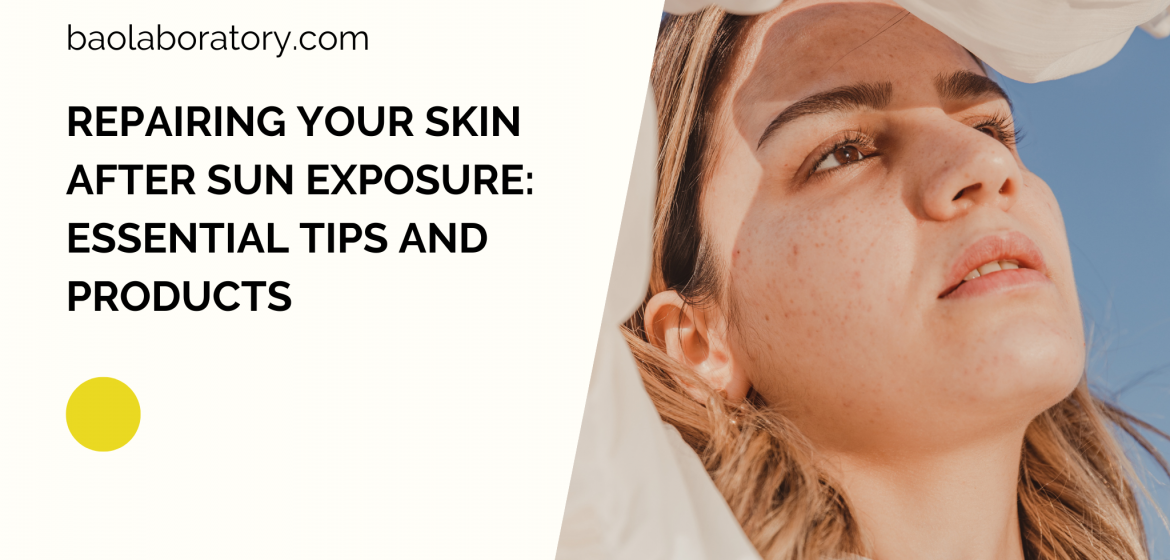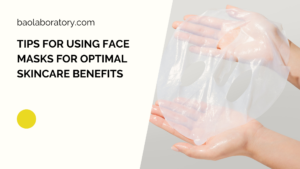
- Home
- /
- Skin Solutions
- /
- How Much Skincare Do I Need | Here’s a Brief!
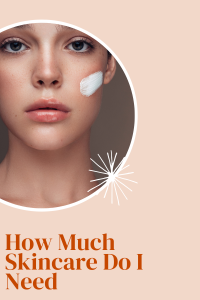 Whether you’re a product junkie or a minimalist, you have the same concern: how much skincare do I need? The answer? It depends.
Whether you’re a product junkie or a minimalist, you have the same concern: how much skincare do I need? The answer? It depends.
‘How much skincare do I need?’ is one of the most common questions people have about their routine, and for a good reason.
It covers all the steps of your skin care regimen and takes into account whether you have oily, dry, combination, or sensitive skin (plus any other skin type quirks). So what are all those steps? They include cleansing, toning, moisturizing, and treating.
When you’re at that point in your beauty routine where you’re looking for an upgrade, natural skincare products are a great alternative. With so many options and a wide range of prices, you can find the right one for your own needs without breaking the bank. Here are some things to consider:
How Many Cleansers Should I Use?
Have you ever wondered how much skincare product you should use? It can be confusing to figure out exactly how much product to grab from the shelf, and it’s even harder to track once it’s in your hands. So when you’re at home ready to pamper yourself with your favorite facial cleanser, what is the right amount of product to use?
In general, most cleansers require a dime-sized amount of product peruse. But if you’re on a mission to clear up acne, or are just looking for a more intense cleanse, try using half a dime (1 centimeter) instead. You might find that this is enough extra oomph to make that pesky pimple disappear overnight!
Many cleaners come with a built-in pre-cleanser, usually in the form of gel or cream. This can seem like a great convenience, as it means you only need to use one product to get your face clean.
However, it’s also essential not to exceed the directions on the package when using the pre-cleaner. If the bottle says to use twice a day, don’t use it four times in a row—you may be stripping your skin of its natural oils too much and making it more vulnerable to acne.
How Much Amount of Exfoliator Should I Use?
Exfoliating is great for getting your skin looking fresh and healthy, but different people have different routines regarding how many exfoliators they should use. Some people prefer to use many Exfoliators to get the most out of their naked skin, while others are happy with a bit less.
Some of us need a generous amount to keep our skin smooth and itch-free, and then some don’t get good results unless they’re using a thin layer that doesn’t seem like it’s doing much at all.
The key is finding what works best for you—if you’re feeling like your routine isn’t working as well as it used to, try upping the amount of Exfoliator you use.
If you’re getting redness or irritation after applying Exfoliator, try cutting back on the frequency or amount you’re using. And if you’re not sure which way to go, you can always ask your dermatologist for advice—that’s what they’re there for!
Good quality natural skincare products deliver the results you are looking for and easily found when you know what to look for. So when the time comes that you are ready to shop around for some natural skincare products, keep these things in mind and find the right products that fit your needs.
How Much Toner Should I Use?
Many people are unaware of how much face toner they should be using, and there is a misconception that you can use as much of it as you want.
This is far from the truth, especially if you want to care for your skin. Using the right amount of face toner can help your skin stay hydrated. The better hydrated your skin is, the less prone to wrinkles it will be.
Using too much face toner can cause your face to become oily because your skin will not be able to absorb all of the moisture in the Toner. If this happens, you should cut back on how much face toner you use.
Since different products have different ingredients, some might need more or less face Toner than others. But generally speaking, 1-2 drops are enough for most products.
How Much Vitamin C Serum Should I Use?
The amount of Vitamin C serum you should use depends on how much your skin can handle, but most serums come with an instruction guide that explains the recommended dosage.
If you’re new to using skincare products, it’s good to test out how your skin reacts before applying a lotion or serum so you know what works best for you.
You want to apply a thin layer of the product in question. If you’re applying to your entire face and neck, you don’t want to go much more than half a teaspoon per application. Using too much at once can cause irritation and redness.
The most common complaint about Vitamin C serums is that they sting or burn when applied. This is usually because the user has spread too much of it at one time.
Figure out what works for you by testing it out on a small patch of skin first. For example, if you have sensitive skin, try putting on just a little bit and then wait 15 minutes before applying.
If your skin feels fine after 15 minutes, try applying more lately in the day or the next day. After several applications, if everything seems to be going well, continue to use Vitamin C serum as directed in the order.
How Much Moisturizer Should I Use?
The simple answer to the question of how much Moisturizer is enough? It all depends! The amount you need to use will vary from product to product, depending on the water level in that specific Moisturizer. Here’s how it works:
Moisturizers are composed of three main ingredients: water, oils, and emulsifiers. Water is pretty straightforward—it’s just there for hydration.
Oils are where most of the Moisturizer’s benefits come from because they’re what make your skin softer, smoother, and suppler. They also give lotions their smooth texture (without them, creams would be slimy and gross).
The thing about emulsifiers is that they can be very delicate—they don’t hold up well in stable conditions (like hot water), which means they break down quickly if you use too much Moisturizer.
Suppose you use an excessive amount of Moisturizer at once. In that case, it can create a situation where there aren’t enough emulsifiers in your skin to hold onto all the water and oils that were in that large amount of product—and this causes your skin to become dehydrated rather than hydrated!
How Much Retinol Should I Use?
Remember, everyone’s skin is different. How your skin reacts to a product, how quickly it responds, and how much its effect on your skin can all vary?
If your friend doesn’t experience any adverse side effects at the same amount of Retinol you’re using doesn’t mean that you won’t have any. One of the most common side effects of Retinol is redness and irritation.
That said, you might be able to tolerate higher amounts than your friend. The best way to find out is to start slowly and increase the amount of Retinol as taken.
If you start with a minimal amount and don’t see results or experience irritation, try increasing the amount in small increments every few days until you get to an amount where you notice effects but aren’t experiencing anger.
How Much Facial Oil Should I Use?
What’s the right amount of facial oil to use? It depends! If you’ve got oily skin, a little bit goes a long way. If your skin is oily enough, using a drop of Midnight Mirage Antioxidation Facial Oil might be all you need.
The best way to figure out how much oil you need is through experimentation. Start with one drop and see how it feels. If it’s too dry, try adding another depth. If it feels like too much, apply less next time. Your skin will let you know what it needs!
How Much Niacinamide Serum Should I Use?
If you’re wondering how much Niacinamide serum to use, the answer is a couple of pumps—and no more. It’s important to respect that this is a research-grade ingredient, and it needs to be used sparingly.
Facial serums generally contain a high concentration of active ingredients and water, which allows the active ingredients to go deep into your skin.
However, if you use too much facial serum, the water will draw moisture from your skin instead of moisturizing it. The result will be that your skin will feel tight and uncomfortable instead of soft and smooth.
It depends on your skin’s needs! For example, if you have sensitive and acne-prone skin, you may want to apply a high concentration of 5% or even 10% Niacinamide serum to your face daily.
If you’re dealing with hyperpigmentation issues and are trying to fade dark spots, in the long run, it’s helpful to use a higher concentration of the vitamin, like 6%.
Someone with normal and dry skin can get by with 1-2% in the morning and evening. However, some people enjoy combining a lower dose of Niacinamide serum with other hydrating ingredients for an added boost during the day.
Keep in mind that it’s always better to start slow and increase the concentration of Niacinamide serum as your skin adjusts.
Final Thoughts
Ultimately, there is no end-all-be-all rule for how many products you should be using on your skin. However, dermatologists recommend three simple products: a face wash and Moisturizer in the morning and then an SPF product in the morning.
Whether that Moisturizer is also a serum depends on your skin type and preferences—but most skincare experts agree that you don’t need to wash your face and apply twenty different products every morning to get it clean or hydrated. And if you notice your skin breaking out when you do this, maybe it’s time to scale back!
We encourage you to follow the directions on your natural skincare products. Results will vary from person to person, and it may take more time than you expect for the changes to occur.



